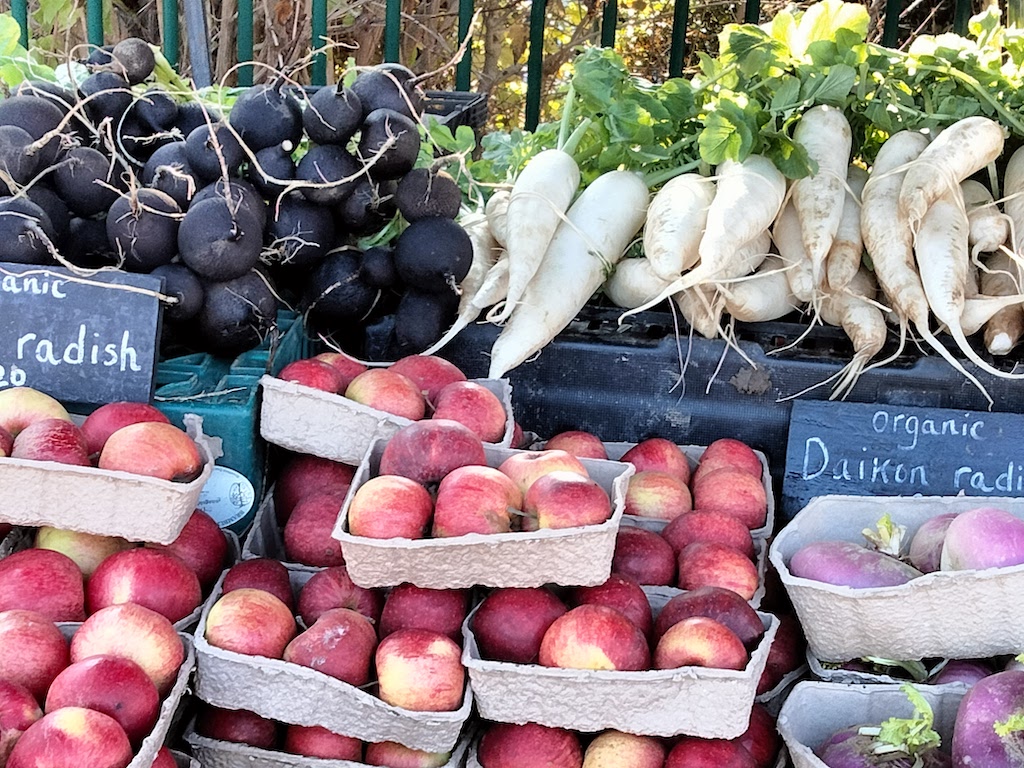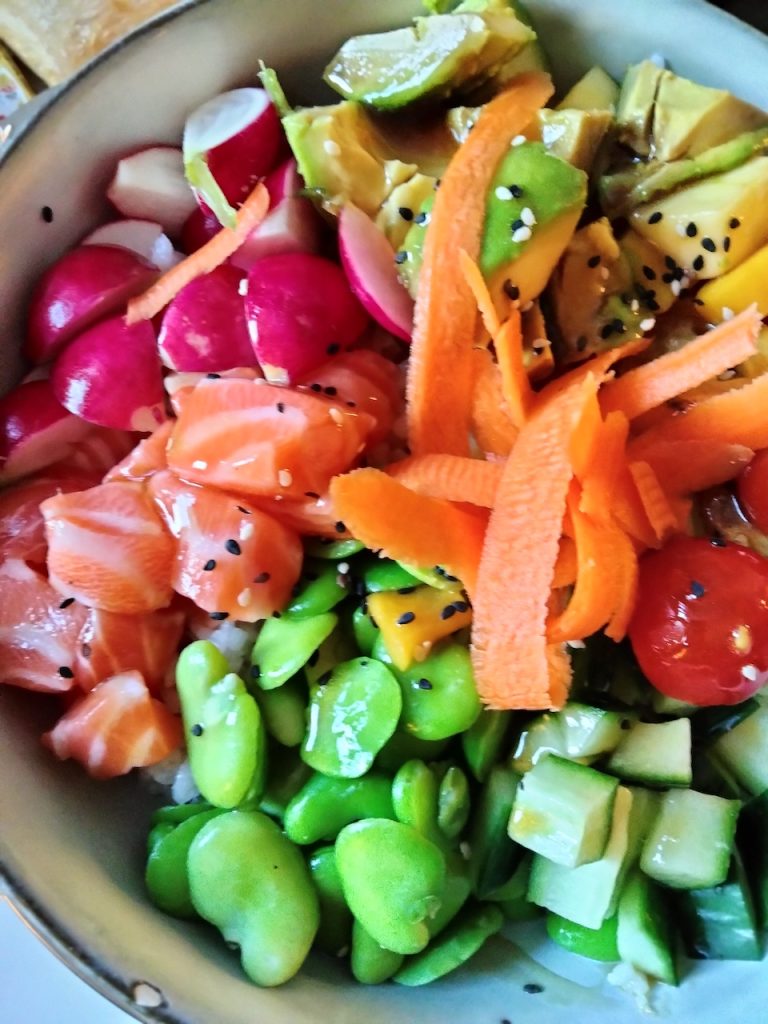Herb-growing tips
April is National Garden Month and, as we transition to the warmer days of May, a great time to consider growing fresh herbs. Why? A few of the benefits include versatility, flavor, nutrition and health benefits, cost and convenience. Light gardening, such as growing herbs in pots, for example, is great for reducing stress, fostering creative juices and adding freshness to your diet.
Herbs can grow in soil in the ground, in raised beds or pots. What to start with? Start with the herbs you already use and are easy to grow and thrive, such as basil, thyme and oregano. While you can grow many herbs successfully from seed, using starter plants from trusted sources gives you the ability to harvest your herbs almost immediately. Parsley, mint and basil are well suited to growing in pots. If you start from seed, expect a 3-week wait for adequate growth before harvesting.
Herbs need plenty of sunlight, at least 6 hours/day, pots with adequate drainage (terra cotta pots work well) and potting soil (versus garden soil). Better to use a pot that is too large than too small as the plant can outgrow the pot and easily dry-out. You can plant several herbs in a larger pot as they may do better growing together, sharing resources. Be sure to choose herbs with similar hydration needs.










